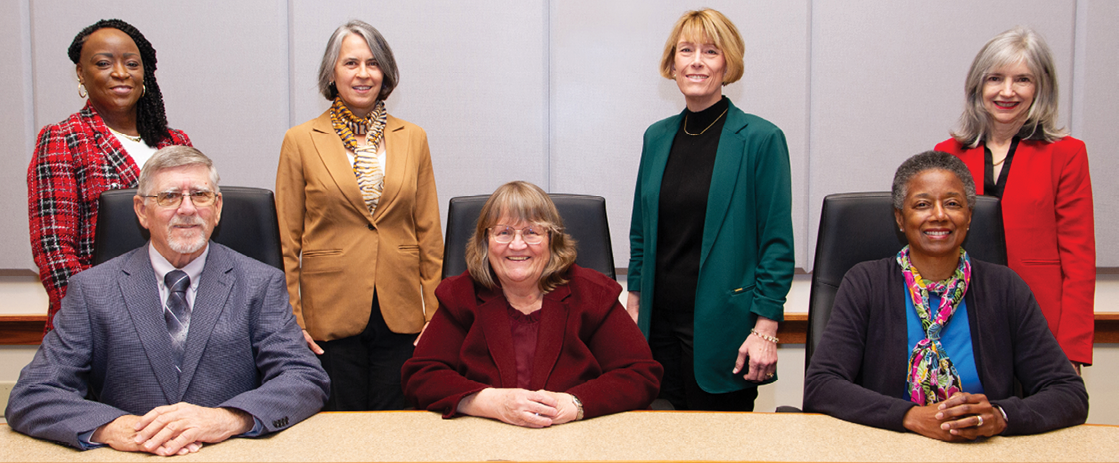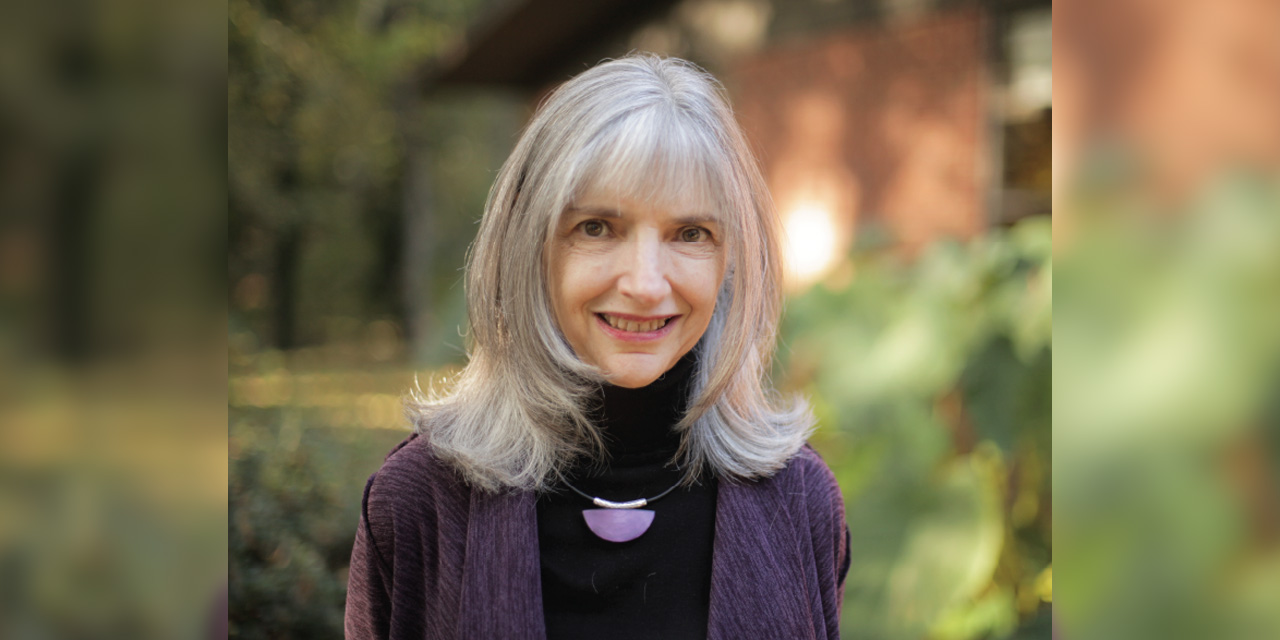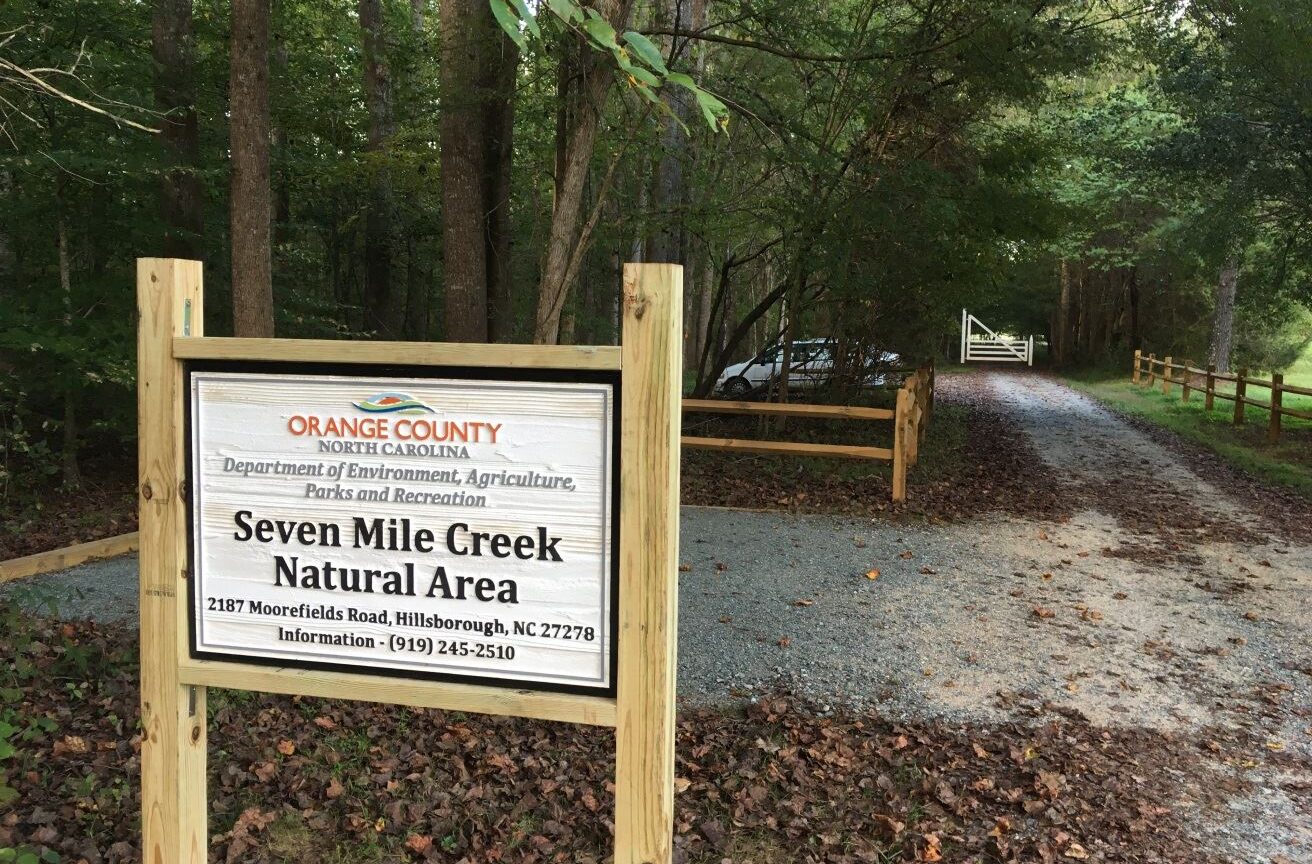Elections for the Orange County Board of Commissioners are held in even numbered years with commissioners serving four-year terms; however, how those elections are held is currently under review.
Last April, a petition was presented to commissioners asking the board to discuss and potentially change how some or all its members are elected. Now, a county advisory group has just offered up new recommendations on how to change up the election system.
Since its establishment in February of this year, the Orange County Board of Commissioners’ Elections Advisory Group, or BEAG, convened seven times to research and evaluate the current method of electing commissioners. The group did this by reviewing information regarding Orange County demographics, urban and rural populations, and changes in growth since the 2010 Census.
The goal of the 15-member group was to study alternative methods of electing commissioners and then make recommendations to the board, which was done Tuesday night.
Recommendations included the formation of seven, single-member districts. Co-chair of the BEAG Patrick Mulkey said this would allow for a more streamlined county election system.
“So, we recommended seven single-member districts, residency districts, where you reside in that district, you run in that district and the voters choose to elect you from that district,” Mulkey said. “This makes it much simpler for everyone. And I think it really addresses fairness for our entire county.”
The Orange County Board of Commissioners is composed of seven elected members. Five members are elected by district and two members are elected at-large – meaning they can reside anywhere in the county.
Of the five commissioners elected by district, three represent District 1 consisting of the southeastern portion of the county, which includes Chapel Hill and Carrboro. The remaining two members represent District 2, which consists of the remainder of the county.
During the primary elections, only residents of District 1 vote for District 1 candidates and District 2 for District 2 candidates. During the general election, however, all residents vote for all candidates – regardless of the district they represent.
The BEAG said the current system of mixing multiple representative and at-large districts is “unsatisfactory and not acceptable.”
“The current system is among the worst legal options of all the systems,” said Dr. Lisa Hazirjian, the second BEAG co-chair. “Among the worst at advancing proportionality, equity, simplicity, and clarity and maximizing voter engagement.”
Hazirjian said at-large elections are widely discouraged by nonpartisan civil rights and voting rights groups due to their “discriminatory impacts on racial minorities and less affluent populations.” Also, because they’re confusing to the general public.
“The multi-state districts have proven confusing to many voters, especially in District 1 where I live,” Hazirjian said. “Where we elect one person in the midterm years and two in the presidential election years. On top of that, having both at-large and mostly multi-district seats makes it even more confusing.”
Chair of the Orange County Commissioners Renee Price said she was appreciative of the months of research conducted by the BEAG; however, she wanted to proceed with caution when considering fair representation.
“I guess my concern would be the single districts with no at-large,” Price said. “Would commissioners feel as though they only represent that district exclusively?”
Additional BEAG recommendations called for commissioners to form a multi-partisan, independent advisory group. This group would create the seven single member districts while keeping communities of interest together.
Multiple board members, including commissioner Earl McKee, said more public input is needed before moving forward with a vote on if, when and how to redraw the county lines.
“Whatever change we make, I want to make sure that it’s better,” said McKee, “If we go to seven districts, I am concerned of how those districts are drawn. How those districts are drawn would have an effect on how people feel like they’re being represented or not being represented.”
At Tuesday’s board meeting, having concluded its report, the BEAG was dissolved. Price said county staff will plan to do more public outreach as census data and additional information is presented to commissioners. No further action on the county’s election system was taken.
Read the full BEAG report here.
Chapelboro.com does not charge subscription fees. You can support local journalism and our mission to serve the community. Contribute today – every single dollar matters.









